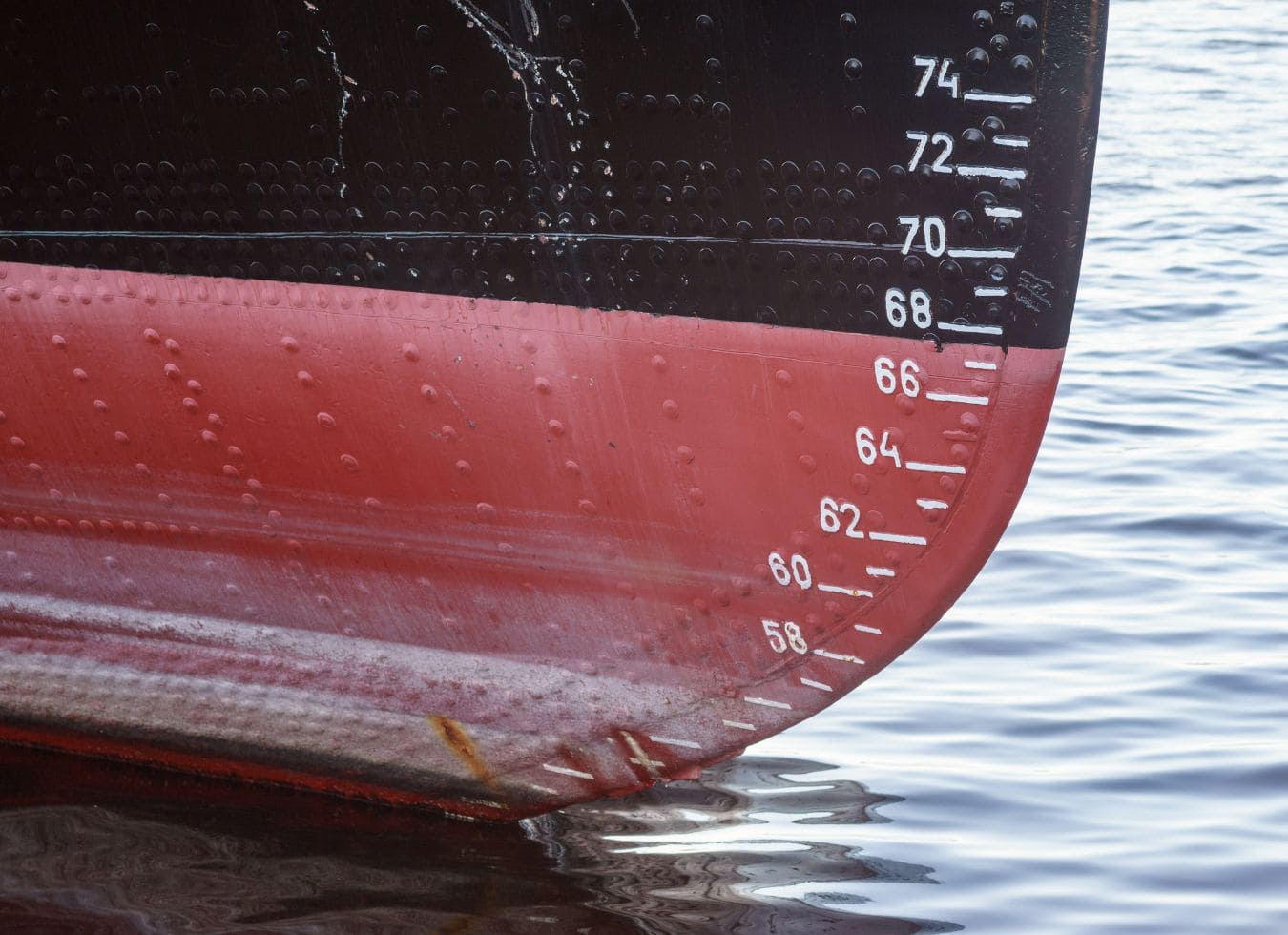What is the draught of a ship?
A boat’s draught is a fundamental measurement that every sailor should know. It refers to the depth at which a boat is immersed in the water, i.e. the vertical distance between the waterline and the lowest part of the hull. This measurement is crucial in determining the carrying capacity, stability and seaworthiness of the vessel. Knowing a boat’s draft is essential to properly plan routes, avoid shallow areas or underwater obstacles, and ensure that the boat can access ports and canals without problems. Whether you are considering buying a new boat or sailing your current boat, understanding the concept of draft is fundamental to safe and efficient boating.
Importance of draught
Knowing the draft of a boat is essential for safe and efficient navigation. It directly affects the boat’s stability and performance, so it is important to keep it within the recommended limits. Excessive draft can lead to manoeuvrability problems, while insufficient draft can lead to grounding or hull damage. Therefore, knowing and controlling the draft is essential to ensure the safety of the crew and the integrity of the vessel.
Types of draught
There are different types of draft to be taken into account when sailing. Each of them provides valuable information about the boat’s behaviour and characteristics.
Draft forward
The forward draft refers to the depth to which the forward part of the boat is immersed. This measure is important to avoid grounding and to ensure safe navigation in shallow waters. Excessive bow draft can make docking manoeuvres more difficult and increase the risk of collision with underwater obstacles. It is therefore crucial to maintain an adequate bow draft for the navigation area.
Aft draught
The aft draft refers to the depth to which the rear of the boat is submerged. This measurement is relevant to the boat’s stability and performance, especially in turning and docking manoeuvres. A stern draft that is too steep can negatively affect the boat’s manoeuvrability and responsiveness, which can be dangerous in emergency situations or in restricted waters.
Medium draught
Average draught is the average depth to which the vessel is submerged. This measurement is used to calculate the carrying capacity and overall stability of the vessel. An adequate average draught is essential to ensure that the vessel can carry the required cargo without compromising safety and performance.
Factors affecting winging
There are a number of factors that can influence the draft of a vessel, and it is important to take these into account in order to maintain safe navigation.
Load and weight distribution
The amount and distribution of cargo on board has a direct impact on the draft. Excess weight or poor distribution can cause the ship to sink deeper than recommended, which can lead to problems with stability, manoeuvrability and access to certain areas. It is therefore crucial to keep a close eye on the load and ensure that it is distributed in a balanced manner.
Weather conditions
Factors such as wind, waves and currents can influence the draft, causing the boat to sink deeper or shallower in the water. In bad weather conditions, the draft can increase due to wave action and currents, which can make navigation more difficult and increase the risk of grounding. It is therefore important to keep an eye on weather forecasts and adjust the draft accordingly.
Hull maintenance
A clean and well-maintained hull can help reduce the draft, while a dirty or fouled hull can increase the depth of submergence. The build-up of algae, molluscs and other marine organisms on the hull increases drag and can cause the boat to dive deeper than necessary. It is therefore essential to maintain a regular hull cleaning and maintenance programme to optimise the draft.
In short, a boat’s draft is a fundamental measurement that every sailor needs to know and control. Understanding the different types of draft, the factors that affect it and the importance of keeping it within the recommended limits is key to safe and efficient sailing. Mastering this concept is an essential step in the development of nautical skills, as it allows you to plan routes properly, avoid problems and ensure the safety of the crew and the vessel.
Other news that may interest you
- How many kilometers per hour is a knot?
- What to do in an emergency at sea
- The best luxury marinas in the Mediterranean
- What do you need to know before buying your first boat?
- What is the hull of a ship?

